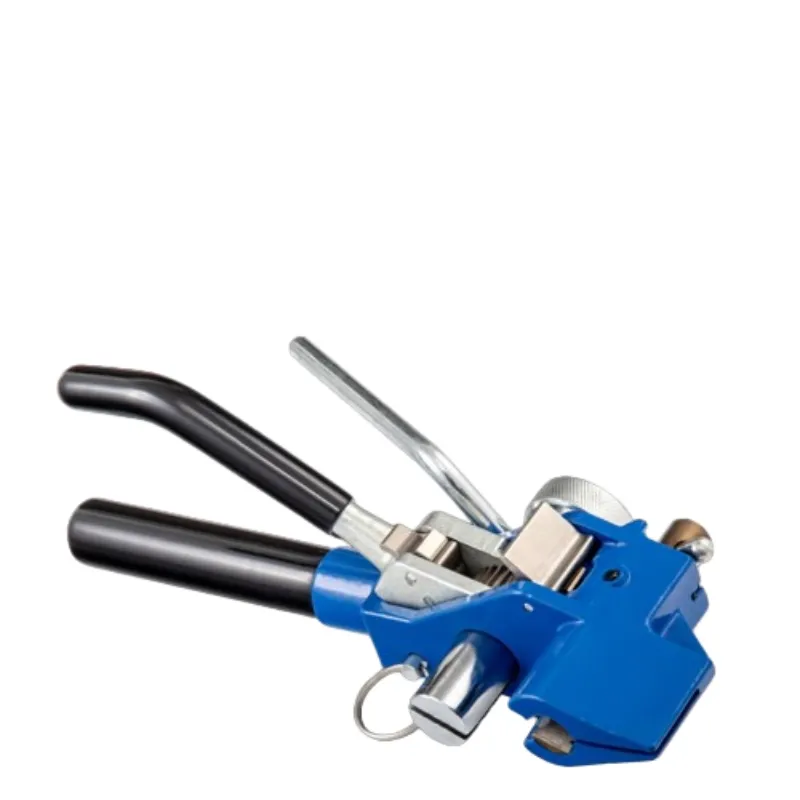
-
 Afrikaans
Afrikaans -
 Albanian
Albanian -
 Amharic
Amharic -
 Arabic
Arabic -
 Armenian
Armenian -
 Azerbaijani
Azerbaijani -
 Basque
Basque -
 Belarusian
Belarusian -
 Bengali
Bengali -
 Bosnian
Bosnian -
 Bulgarian
Bulgarian -
 Catalan
Catalan -
 Cebuano
Cebuano -
 Corsican
Corsican -
 Croatian
Croatian -
 Czech
Czech -
 Danish
Danish -
 Dutch
Dutch -
 English
English -
 Esperanto
Esperanto -
 Estonian
Estonian -
 Finnish
Finnish -
 French
French -
 Frisian
Frisian -
 Galician
Galician -
 Georgian
Georgian -
 German
German -
 Greek
Greek -
 Gujarati
Gujarati -
 Haitian Creole
Haitian Creole -
 hausa
hausa -
 hawaiian
hawaiian -
 Hebrew
Hebrew -
 Hindi
Hindi -
 Miao
Miao -
 Hungarian
Hungarian -
 Icelandic
Icelandic -
 igbo
igbo -
 Indonesian
Indonesian -
 irish
irish -
 Italian
Italian -
 Japanese
Japanese -
 Javanese
Javanese -
 Kannada
Kannada -
 kazakh
kazakh -
 Khmer
Khmer -
 Rwandese
Rwandese -
 Korean
Korean -
 Kurdish
Kurdish -
 Kyrgyz
Kyrgyz -
 Lao
Lao -
 Latin
Latin -
 Latvian
Latvian -
 Lithuanian
Lithuanian -
 Luxembourgish
Luxembourgish -
 Macedonian
Macedonian -
 Malgashi
Malgashi -
 Malay
Malay -
 Malayalam
Malayalam -
 Maltese
Maltese -
 Maori
Maori -
 Marathi
Marathi -
 Mongolian
Mongolian -
 Myanmar
Myanmar -
 Nepali
Nepali -
 Norwegian
Norwegian -
 Norwegian
Norwegian -
 Occitan
Occitan -
 Pashto
Pashto -
 Persian
Persian -
 Polish
Polish -
 Portuguese
Portuguese -
 Punjabi
Punjabi -
 Romanian
Romanian -
 Russian
Russian -
 Samoan
Samoan -
 Scottish Gaelic
Scottish Gaelic -
 Serbian
Serbian -
 Sesotho
Sesotho -
 Shona
Shona -
 Sindhi
Sindhi -
 Sinhala
Sinhala -
 Slovak
Slovak -
 Slovenian
Slovenian -
 Somali
Somali -
 Spanish
Spanish -
 Sundanese
Sundanese -
 Swahili
Swahili -
 Swedish
Swedish -
 Tagalog
Tagalog -
 Tajik
Tajik -
 Tamil
Tamil -
 Tatar
Tatar -
 Telugu
Telugu -
 Thai
Thai -
 Turkish
Turkish -
 Turkmen
Turkmen -
 Ukrainian
Ukrainian -
 Urdu
Urdu -
 Uighur
Uighur -
 Uzbek
Uzbek -
 Vietnamese
Vietnamese -
 Welsh
Welsh -
 Bantu
Bantu -
 Yiddish
Yiddish -
 Yoruba
Yoruba -
 Zulu
Zulu


nov . 20, 2024 13:30 Back to list
safety cable clamps
Safety Cable Clamps Essential Components for Secure Cable Management
In today’s fast-paced world, where technology and machinery play an integral role in various industries, ensuring safety and reliability is of paramount importance. One crucial component that often goes unnoticed but is vital for maintaining the integrity of electrical systems and equipment is the safety cable clamp. This article delves into the significance, types, and applications of safety cable clamps, highlighting their role in promoting safety and efficiency.
Safety cable clamps are designed to securely hold cables in place, preventing accidental disconnections, wear, and damage. These clamps are commonly used in various applications, including construction sites, manufacturing plants, transportation systems, and even residential settings. By providing a sturdy hold on cables, they help ensure that electrical systems operate smoothly without the risk of short circuits or power failures, which can lead to dangerous situations.
One of the primary reasons for using safety cable clamps is their ability to provide strain relief. Cables that are left unsecured can become loose, leading to undue tension or stress on the connections. This can cause premature failure of electrical components, increased maintenance costs, and potential hazards. Safety cable clamps mitigate these risks by securely anchoring cables, offering a reliable means of stress distribution along the length of the cable run.
safety cable clamps

Safety cable clamps come in various types and materials to suit different applications. Metal clamps, such as stainless steel or galvanized options, offer durability and resistance to harsh environmental conditions. Plastic clamps, while lightweight and cost-effective, are suitable for less demanding environments. Furthermore, the design of the clamps can vary; some fit around the cable tightly, while others include cushioning features to minimize wear and tear on the cable’s insulation. Proper selection of the right type of clamp is essential to ensure the effectiveness and longevity of the installation.
In addition to their primary function of securing cables, safety cable clamps can also enhance the overall organization of workspaces. Properly managed cables not only reduce the risk of accidents, such as tripping or electrocution, but also make maintenance tasks easier and more efficient. When cables are neatly arranged and securely fastened, technicians can easily identify and troubleshoot issues, leading to quicker resolutions and less downtime.
Moreover, industries are increasingly incorporating safety cable clamps into their designs to comply with safety regulations and standards. Regulatory bodies often mandate specific practices to ensure the safe use of electrical systems, and utilizing high-quality safety cable clamps can help organizations meet these requirements. Failure to comply can result in severe penalties and loss of reputation, making the use of these components even more critical.
In conclusion, safety cable clamps are indispensable in ensuring the security and reliability of electrical systems across a variety of industries. By providing strain relief, enhancing organization, and complying with safety standards, they play a vital role in preventing accidents and ensuring the smooth operation of machinery and systems. As technology continues to advance, the importance of effective cable management, facilitated by safety cable clamps, will undoubtedly remain a key priority for organizations dedicated to safety and efficiency.
Latest news
The Unique Design of Cable Socks
NewsJun.04,2025
Swivel Connectors in Industrial Automation
NewsJun.04,2025
Safety Features of Link Sticks
NewsJun.04,2025
How to choose the best cable pulling winch for sale
NewsJun.04,2025
Fish tape safety precautions
NewsJun.04,2025
Essential Maintenance Tips for Cable Pulling Tools
NewsJun.04,2025











